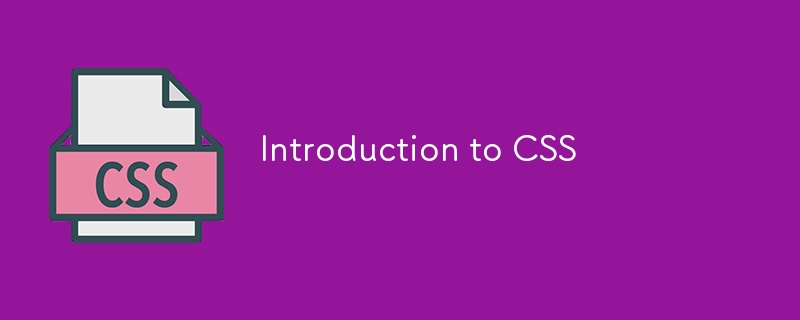

Welcome to the first lecture of "Basic to Brilliance" - your journey to mastering CSS starts here!
CSS, or Cascading Style Sheets, is the language used to describe the presentation of a web page. While HTML provides the structure and content, CSS is what makes the web pages look attractive and user-friendly. It controls the layout, colors, fonts, spacing, and much more.
CSS is made up of rules that target HTML elements. Each rule consists of a selector and a declaration block.
selector { property: value; }
Let’s say you want to change the color of all
HTML:
Hello, World!
CSS:
h1 { color: blue; }
This simple rule will turn the text in all
There are three main ways to add CSS to your HTML document:
Hello, World!
styles.css:
h1 {
color: blue;
}
, and
Next Up: In the next lecture, we’ll dive into Selectors and Properties and learn how to target and style different elements on your webpage. Stay tuned!
This first lecture introduces the basics of CSS, explaining what it is, why it's important, and how to write simple CSS rules. The example provided is easy to follow, and the exercise encourages students to practice and explore on their own.
Ridoy Hasan
The above is the detailed content of Introduction to CSS. For more information, please follow other related articles on the PHP Chinese website!




